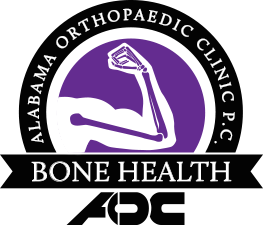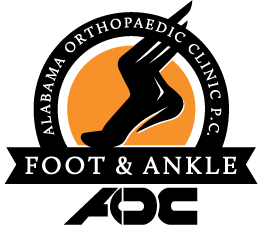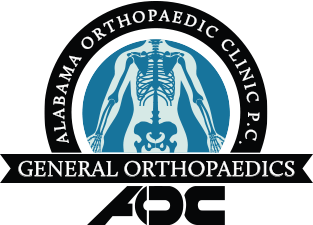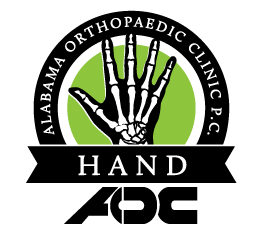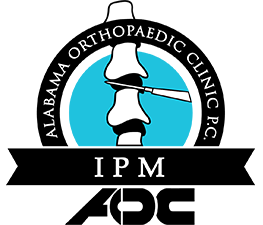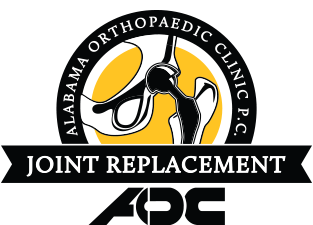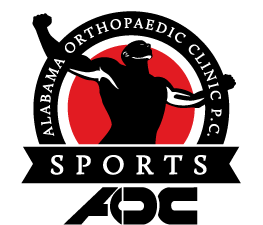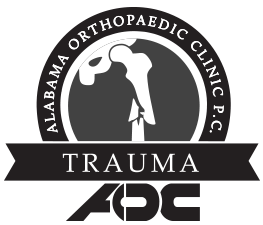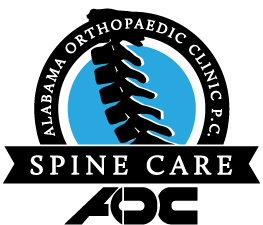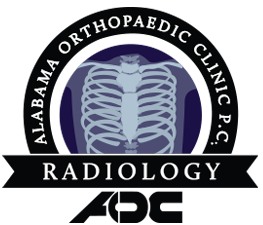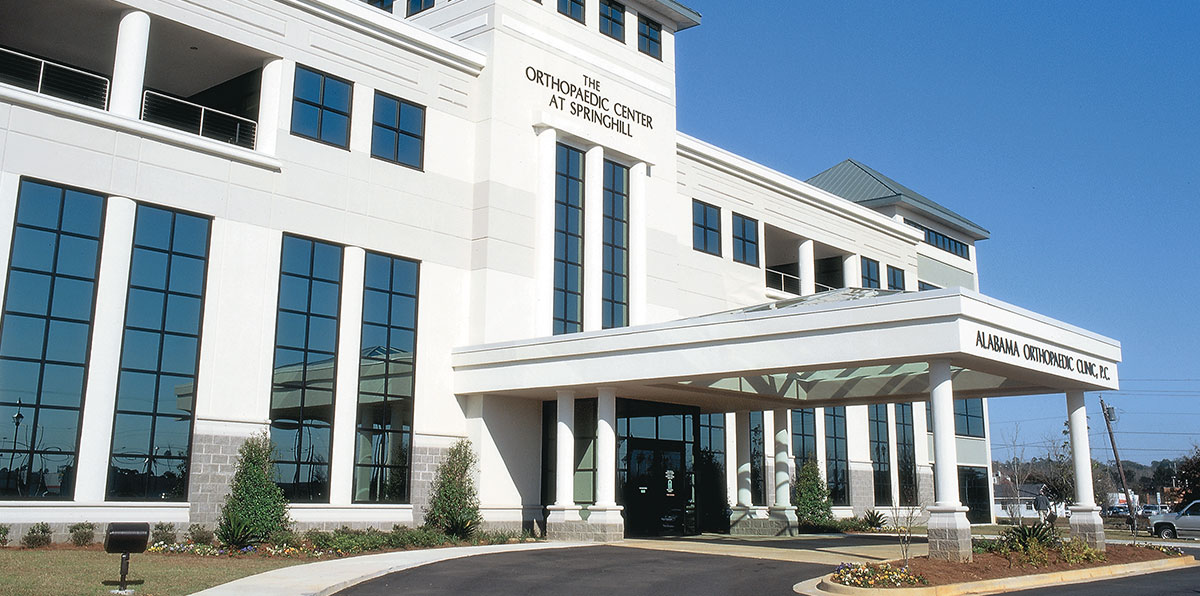News & Events
The Achilles Heel
The Achilles tendon is the strongest tendon in the human body and owes its name to the great, invulnerable warrior of Homer’s Iliad. Invulnerable, that is except at his heel. Greek mythology has it that, Thetis, Achilles’ mother dipped him in the Styx River making him invincible at all points on his body but the heel by which she grasped him as he was being immersed. This proved to be his undoing when Paris, the brother of Hector, shot him in the heel with a poisoned arrow.
The Achilles tendon is located just behind the ankle and is the only connection between the calf musculature and the calcaneus or heel bone. It allows us to toe-off providing much of the energy during jumping and running and has a specialized twist in it giving it additional elastic recoil during these activities.
Anyone who has torn their Achilles tendon will tell you that it is quite fitting that a great warrior was brought down by this injury. In sports the tear occurs most often when pushing off with the foot while the knee is in full extension. This movement is common during sprint starts and in jumping sports such as basketball. The athlete feels a sharp pop in the back of the leg that has been compared to being shot in the heel! In fact, the athlete will sometimes swear that someone hit them on the back of the leg or stepped on the back of their heel even though no contact truly occurred.
After injury, the athlete will report being unable to bear weight on the affected side. Bruising and swelling can occur. A physician can often palpate and feel the defect in the tendon to confirm the diagnosis. Also on examination, when the calf is squeezed the foot will go down or plantarflex in a normal foot but may not move at all if the tendon is ruptured. MRI and ultrasound have both been used to confirm the diagnosis.
Treatment is largely surgical in the young athlete. Studies have shown that there is a lower rate of rerupture, and increased strength with surgical repair verses casting. However, the differences are small and casting avoids all of the inherent risks of a surgical procedure. Therefore, consideration to casting should be given to the “weekend warrior” and nonathlete. Casting must be started within 48 hours of injury and surgical repair can be done up to 2 weeks after injury.
- < Back
- |














